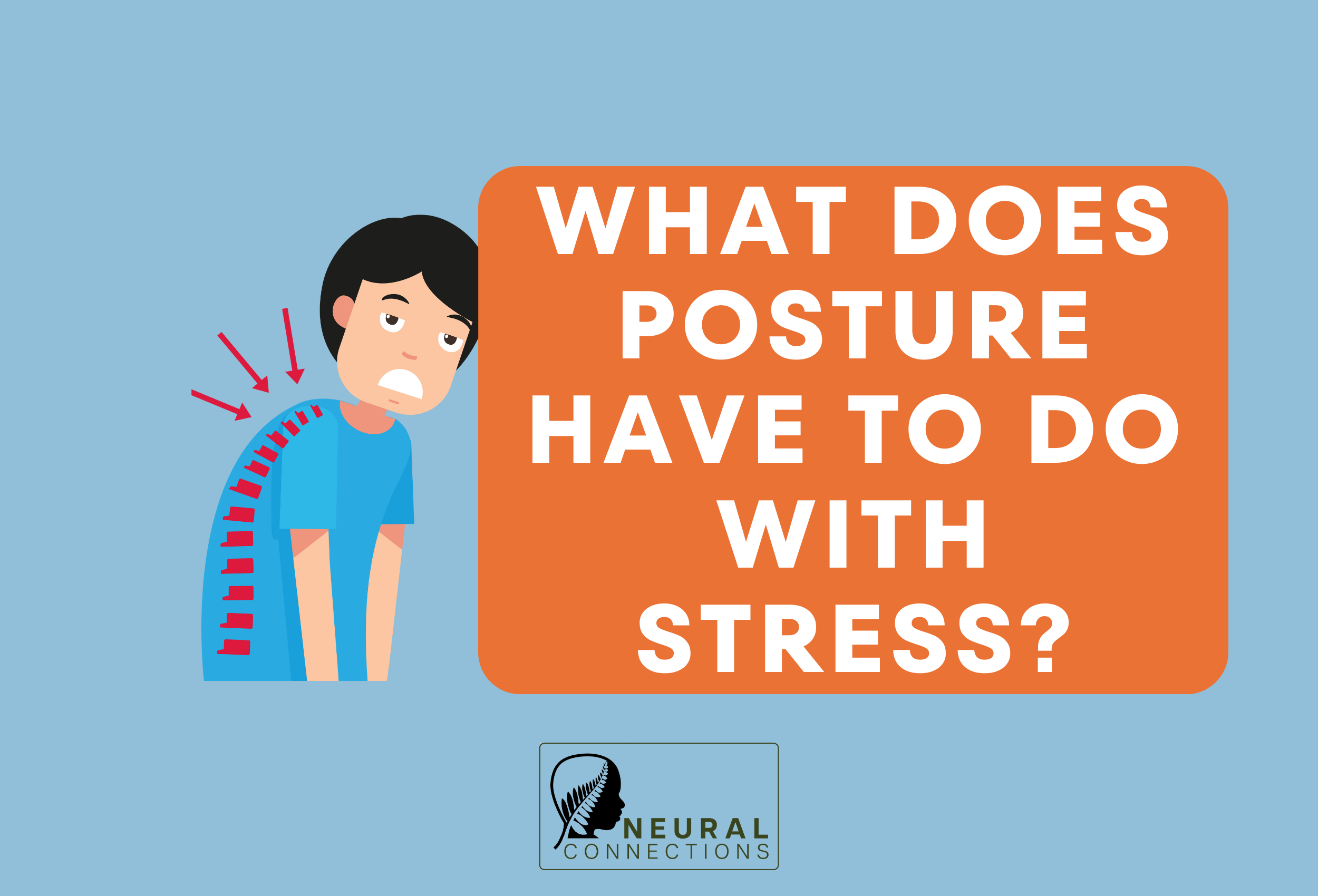What Does Posture Have to do With Stress?
Published: 2 Jan 2024
Did you know that correcting your posture can lead to an improvement in your mood, and also reduce stress? Here’s our take on it!
Do you know what happens when we get triggered, or face stressful situations?
Our heart rate and blood pressure increases, our amygdala becomes activated, our breath becomes a little faster, and more shallow. Our brain sends a signal to our adrenal glands to release adrenaline within the body initiating our fight or flight response. The body has a very real physiological response when it comes under stress, rather than it just being a mental state.
In recent years, scientists have also discovered a correlation between posture and stress. Research from a team of neuroscientists from the University of Pittsburgh in 2016 show that the area of the brain that communicates with the adrenal glands also communicates with our core muscles such as our glutes, our abdominals and our obliques. What that might mean is that if stress is present, our muscles (like those listed above) that hold our posture are affected.
Another team of researchers from the University of Auckland in 2014 discovered through a randomised trial that adopting an upright seated posture in the face of stress can maintain self-esteem, reduce negative mood, and increase positive mood compared to a slumped posture.
So the next time you or your children feel stressed - take a look at the posture you or your kids are in.
There’s a very high possibility that you/they might be slumped over - shoulders hunched, back rounded and neck looking down. This posture stimulates the same response in the body when the body is in protection. So even though we might not actually be in physical danger, the brain is unable to “tell” the difference and the sympathetic nervous system is activated.
For most adults, we are aware of when our posture is not great and most of the time we can consciously correct it by bringing the spine back to a neutral position. Because of the awareness and control that most adults have, we can feel the difference when we make this change.
Children with developmental challenges however, more often than not, have poor body understanding and awareness to be able to correct this without intervention (such as through reflex and sensory integration work).
For people who have had trauma, pain and tension is most commonly held in the core of the body - in the stomach, abdomen, lower back as well as the upper torso, chest, shoulders and spine - leading to a slumped posture. A consistent weak posture over a prolonged period of time often reduces the ability to focus and attention, and also affects the ability to take in sensory information from the environment around them. This leads to daily compensations and reduced performance at school or at work. When the body is in a constant state of fight or flight, it leads to chronic stress and negatively affects the nervous system. It is worth noting that children who are stressed often show up with dysregulated emotions or behaviour. If teachers or adults observe kids behaving badly, it can often point towards a stressed and dysregulated nervous system.
There are things however we can do at home to reduce stress and improve our posture. One of the easiest (and cheapest) ways to reduce stress is to activate the parasympathetic nervous system. You can do this by taking deep breaths in nature, or humming and singing to help tone the vagus nerve.
When we improve our posture, we are simultaneously activating beneficial hormones and neurotransmitters throughout the brain and body while reducing the effects of stress. In a previous article - we talked about how the trunk is the hero. Strengthening the trunk, and control of the core like we suggest here can impact positively on mental wellness. All of these is part of reflex and sensory integration work which can be helpful for anyone to help regulate our nervous systems.
Reducing stress and working on our posture; and the reverse is also true: improving our posture also helps us reduce stress - a win-win situation!
At Neural Connections, we focus on offering treatment and protocols to help children regulate their emotions and behaviour better. Schedule a Discovery Call with us today to see if we can help.
References
https://www.npr.org/2023/10/24/1200611637/how-posture-and-movement-impact-our-mood
Dum RP, Levinthal DJ, Strick PL. Motor, cognitive, and affective areas of the cerebral cortex influence the adrenal medulla. Proc Natl Acad Sci U S A. 2016 Aug 30;113(35):9922-7. doi: 10.1073/pnas.1605044113. Epub 2016 Aug 15. PMID: 27528671; PMCID: PMC5024624.https://pubmed.ncbi.nlm.nih.gov/27528671/
Nair S, Sagar M, Sollers J 3rd, Consedine N, Broadbent E. Do slumped and upright postures affect stress responses? A randomized trial. Health Psychol. 2015 Jun;34(6):632-41. doi: 10.1037/hea0000146. Epub 2014 Sep 15. PMID: 25222091. https://pubmed.ncbi.nlm.nih.gov/25222091/

